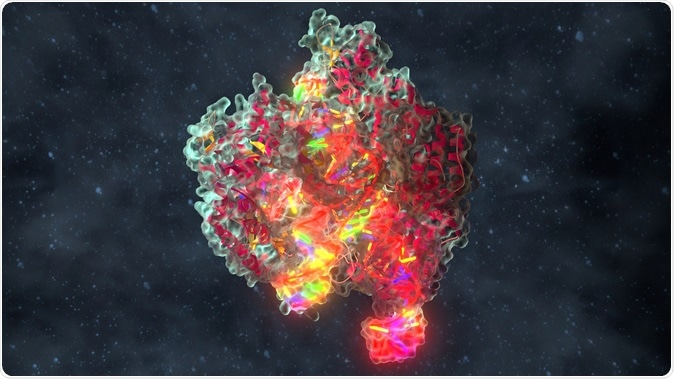A new route of influenza A infection viruses has been discovered by the researchers at the Medical Center - University of Freiburg and the University of Zurich. At present the knowledge regarding influenza A infection spread is mainly restricted to the binding of the sialic moieties of the virus to the cell surface of the host.
This new study shows that the binding of bat-derived subtype of influenza A virus to human as well as animal cells is due to MHC class II proteins. The results of this new study titled, “MHC class II proteins are cross-species entry receptors for bat influenza viruses,” have been published in the latest issue of the journal Nature.
The researchers of the study explain that MHC class II molecules are found in several species of animals. This means that their discovery has provided a clear understanding of how these viruses tend to jump from one species to another. It also provides clues regarding the evolutionary development of influenza viruses.
Prof. Dr. Martin Schwemm, study leader from Institute of Virology at the University Medical Center Freiburg said in a statement, “In the lab, bat viruses can use the MHC class II complexes of mice, pigs, chickens, or humans to enter the cell. It is thus not unlikely that these bat-derived influenza viruses could be transmitted naturally from bats to other vertebrates and even humans.”
For this study the team led by Prof. Dr. Silke Sterz from the Institute of Medical Virology of the University of Zurich compared the proteins that are produced from the cells capable of getting infected by the virus with proteins from cells that are not likely to be infected. They used transcriptomic profiling to determine the amount of cellular proteins via mRNA copies. This revealed the presence of the MHC class II complex as the receptor candidate. Next Prof. Schwemmle’s team from Freiburg conducted an experiment where they snipped off 20,000 genes in single cells using gene editor CRISPR-Cas. Schwemmle explained, “Cells in which we switched off MHC class II were immune to infection. That was the final proof that the virus enters the cell with the help of MHC class II molecules.” Schwemmle went on to say, “It is quite possible that the newly discovered route of infection via MHC class II originates from the already known sialic acid pathway.” However the new pathway seems to be independent of sialic acid he explained.

CRISPR Cas 9 Molecules - Illustration Credit: Alpha Tauri 3D Graphics / Shutterstock
According to Professor Schwemmle this study shows that influenza viruses are capable of being “more versatile than previously thought.” More studies are necessary to understand these molecular mechanisms and answer these questions he said.